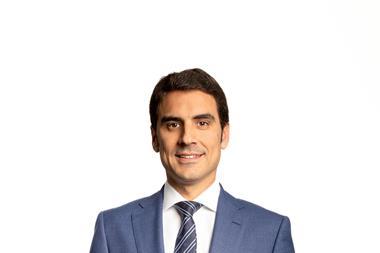UNITED STATES - Nebraska Investment Council has approved a $40m (€29.4m) investment into the Landmark Real Estate Partners VI commingled fund.
This is the first time Nebraska has made an investment in real estate using the secondary market, according to Jeff States, the state investment officer for Nebraska.
"Landmark Partners has indicated that they can buy the existing commingled fund positions from other investors at a discount of less than 40%. This makes it an attractive investment opportunity," he said.
The general feeling in the industry is many institutional investors are looking to get out of existing positions in close-ended commingled funds but if they want to do so they really one have one option: to sell at a discount.
The commingled fund positions being sold involve a combination of core, core plus, value-added and opportunity funds based either in the US or in Europe.
That said, the number of trades occurring in the secondary market with commingled fund interests has been slow and there remains a spread between what buyers and sellers think a commingled fund should be sold at.
However, a couple of factors that could change this. Improving values, for example, would give investors a more positive feeling on their economic outlook on the marketplace.
Additional capital calls from managers might also motivate some investors to sell their positions in commingled funds while some investors might be willing to sit on a commingled fund commitment when no capital is being called, albeit this would change if a manager starts calling for capital.
Nebraska is expecting to achieve a mid to high teens leveraged IRR on its investment in Real Estate Partners VI over a four-year investment period. The fund itself has a 10-year life.
Landmark Partners is hoping to raise $400m equity through for the commingled fund by the end of the year and will then make a 1% co-investment to the commingled fund against equity raised.
Purchases for the commingled fund are expected to include a mixture of existing commitments in core, value-added and opportunity funds, and 20% of these will come from outside the US.












